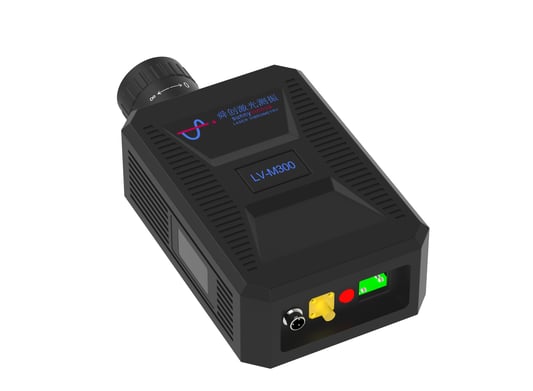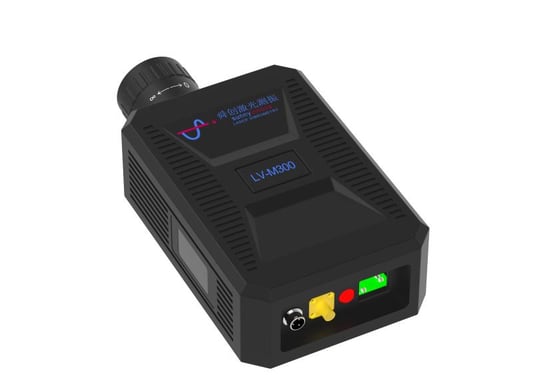Yuyao, China – November 5, 2025 – In a significant step towards bridging academia and industry, Professor Jian Yang from the University of Nottingham Ningbo China (UNNC) undertook a strategic visit to the headquarters of SunnyInnovation on Tuesday, November 4, 2025. The visit focused on exploring profound collaborations in joint educational programs and technological innovation.The meeting with Mr. Fugang Zhu, Director of Sales and Marketing of SunnyInnovation, brought together the academic excellence of a world-class university with the dynamic, forward-thinking approach of a leading innovator in the technology sector of vibration measurement with laser vibrometers. Discussions focused on creating synergistic partnerships that would benefit students, researchers, technology innovation, and both institutions.Key areas of potential collaboration discussed during the meeting included:Joint Educational Programs: Developing curricular segments on vibration measurement and data processing for students in classes of Vibrations in both undergraduate and graduate programs in mechanical, civil, aerospace and other engineering programs.Joint Innovation Lab and Research: Establishing a joint innovation lab where UNNC faculty and students can work alongside SunnyInnovation’s R&D team on real-world projects and cutting-edge research.Student Internships and Talent Pipeline: Creating a structured internship and placement program to provide UNNC students with invaluable industry experience and to cultivate a future talent pool for SunnyInnovation. Knowledge Exchange: Organizing guest lectures, workshops, and symposiums featuring experts from both organizations to foster a continuous exchange of novel technology, ideas, and trends on vibration measurement and utilization.Professor Jian Yang expressed his enthusiasm for the potential partnership, stating, "This visit marks a promising beginning for a collaboration that aligns perfectly with UNNC's mission to foster innovation and global engagement. By partnering with an industry leader like SunnyInnovation, we can offer our students unparalleled opportunities to apply their knowledge and prepare them to become the innovators and leaders of tomorrow. We are excited about the prospect of co-creating programs that have a tangible impact."Mr. Fugang Zhu of SunnyInnovation echoed this sentiment, saying, "We are thrilled to welcome Professor Yang and are deeply impressed by UNNC's commitment to excellence and innovation. Collaborating with a top-tier academic institution is crucial for driving the kind of disruptive innovation we pursue. Together, we can bridge the gap between theoretical knowledge and practical application, accelerating the development of solutions that address future challenges."Both parties have committed to forming a joint working group to further develop the framework for these initiatives, with the aim of formalizing the partnership in the coming months. About University of Nottingham Ningbo China (UNNC)The University of Nottingham Ningbo China (UNNC) was the first Sino-foreign university to open its doors in China in 2004. It offers a range of undergraduate, postgraduate, and research degrees across various disciplines, with a strong emphasis on internationalism, innovation, and excellence in teaching and research. About SunnyInnovationEstablished in 2008, SunnyInnovation has established itself as a leading supplier of laser Doppler vibrometers in China. The company specializes in the design, manufacturing, and support of high-precision, non-contact vibration measurement systems. Committed to innovation and quality, SunnyInnovation offers comprehensive OEM/ODM services and partners with industries worldwide to provide solutions for the most demanding measurement challenges in R&D and industrial applications.SunnyInnovationAddress: 158 Xingfu Road, Yuyao, 315455 Zhejiang, ChinaWebsite: www.sunnyinnova-ldv.comE-mail: [email protected]: +86 13732229686







